Cool Runnings

Rock Springs is a tiny public park that offers big summertime fun, Old Florida-style.
Long before resort hotels were installing lazy river pools for guests to enjoy, Florida’s many natural freshwater springs were providing the same cool and relaxing experience. Dozens of springs pepper the Florida peninsula and have been summertime recreation destinations for generations. Some are on privately owned land while others are open to the public as part of state or county parks.
Outside of the town of Apopka (30 minutes or so north of Orlando) is Kelly Park and Rock Springs, a 355-acre natural beauty owned and maintained by Orange County. The land was donated in 1927 for use a wildlife preserve, bird sanctuary and public recreation space. The sparkling clear Rock Springs is a natural free-flowing spring that travels some nine miles to the Wekiva River. On average, 26,000 gallons of water spills out every minute and at a constant 68 degrees.
Tube rentals are available at the Rock Springs Bar & Grill, a tiny dive located just outside the park gates where they claim to serve the “Best Big Ass Food!” It says so right on the menu. Rental fee is $8 per tube. Save a few dollars and bring your own from home. Most visitors to the park do and most anything that floats is allowed, so long as it’s less than five feet in length. And unlike long-distance float times (an hour or more) like you would experience at Ichetucknee or other similar tube-riding outings, the start and finish points at Rock Springs are relatively close together.
Upon entering, pay at the gatehouse and follow the short road to the parking lots. The springs are down the hill and to the right. Just follow the other tubers to the waterside park space. A broad grassy lawn bumps up against a basin of sorts, the midpoint of the tube ride. There are stairs leading in and out of the water, making entry and exit here easy for young and old.
Getting into the water at the spring head is a little trickier. It’s about a five-minute walk from the mid-point to the spring head but the pathway is paved and not too steep in any direction. Many tubers simply plunge right in. It’s about eight feet deep at the starting point. Other, less daring tubers prefer to ease in, though its best to be careful around the rocks that surround the point where the water flows out of the ground and the river begins. There are some extremely shallow portions of the run (only a couple of inches) and protruding rocks can sneak up on tubers—watch your feet, knees and bum in some especially shallow spots. The rocks do hurt.
The springs run about 3/4-miles (about 30 minutes) before reaching the take-out point. Also, the river is shallow enough to walk (even for kids), so in the event there is a punctured float, it’s not likely to be a disaster or waterborne emergency. Lifeguards are also posted along the route, which a nice touch of added safety.
In addition to the river, there are nearly seven miles of hiking trails, as well as picnic pavilions, sand volleyball courts, playground, restrooms and a concession stand. Park admission is $5 for up to eight people per car, only $3 if two or fewer passengers. Overnight camping is also offered, starting at $15 for a primitive site. A maximum of 280 vehicles are allowed each day, and capacity is often reached during the busy spring and summer seasons.







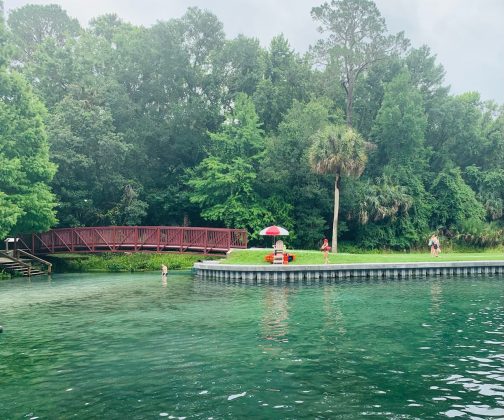
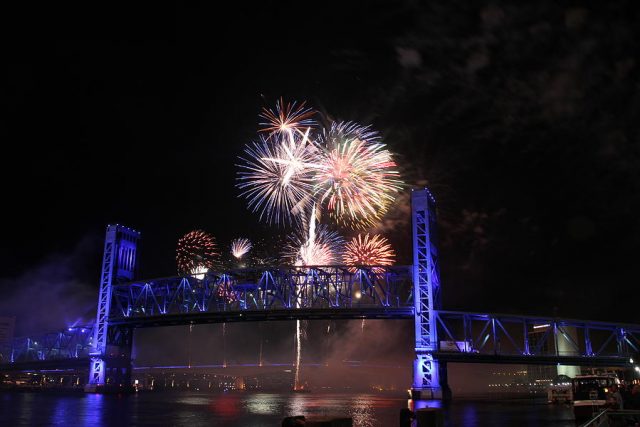






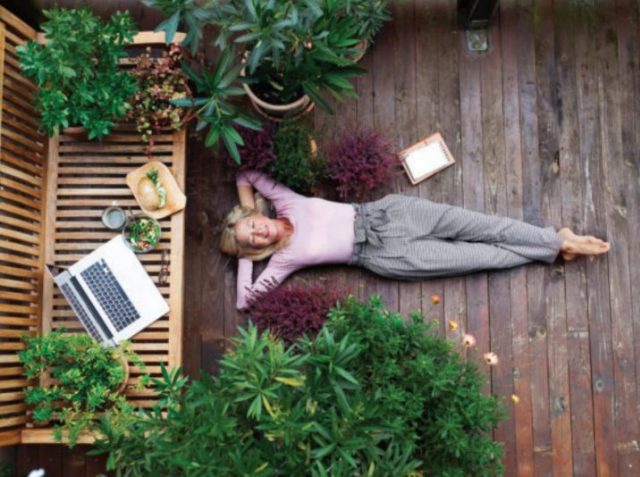
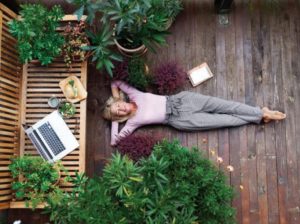











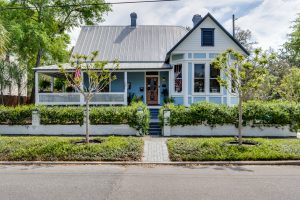









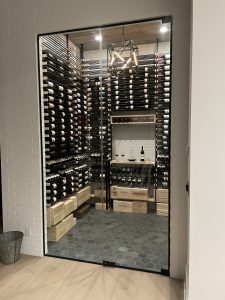




 Wedged midway between Orlando and Tampa along the I-4 corridor rests the city of Lakeland. While too big to call a town, Lakeland possesses a folksy charm due to beautiful natural terrain, a mix of historic and mid-century architecture and palpable youthful vibe. Home to Florida Southern College (and its 2,500 students), there’s a welcoming blend of Old Florida and artsy weirdness, something all great college burgs can claim.
Wedged midway between Orlando and Tampa along the I-4 corridor rests the city of Lakeland. While too big to call a town, Lakeland possesses a folksy charm due to beautiful natural terrain, a mix of historic and mid-century architecture and palpable youthful vibe. Home to Florida Southern College (and its 2,500 students), there’s a welcoming blend of Old Florida and artsy weirdness, something all great college burgs can claim. True to its name, lakes pepper the landscape. Florida Southern hugs Lake Hollingsworth, as does Lakeland Country Club and many gorgeous private residences. Tiny Lake Morton (pictured) is a natural anomaly that attracts an amazing array of birds—white and black swans, alabaster pelicans, and flocks of egrets and ducks. Among the other sites worthy of seeing are the 1928 Polk Theatre, Joker Marchant Stadium (home of Low-A baseball’s Lakeland Flying Tigers) and the Polk Museum of Art (hosting a 230-piece Toulouse-Lautrec exhibition through May 23).
True to its name, lakes pepper the landscape. Florida Southern hugs Lake Hollingsworth, as does Lakeland Country Club and many gorgeous private residences. Tiny Lake Morton (pictured) is a natural anomaly that attracts an amazing array of birds—white and black swans, alabaster pelicans, and flocks of egrets and ducks. Among the other sites worthy of seeing are the 1928 Polk Theatre, Joker Marchant Stadium (home of Low-A baseball’s Lakeland Flying Tigers) and the Polk Museum of Art (hosting a 230-piece Toulouse-Lautrec exhibition through May 23).














